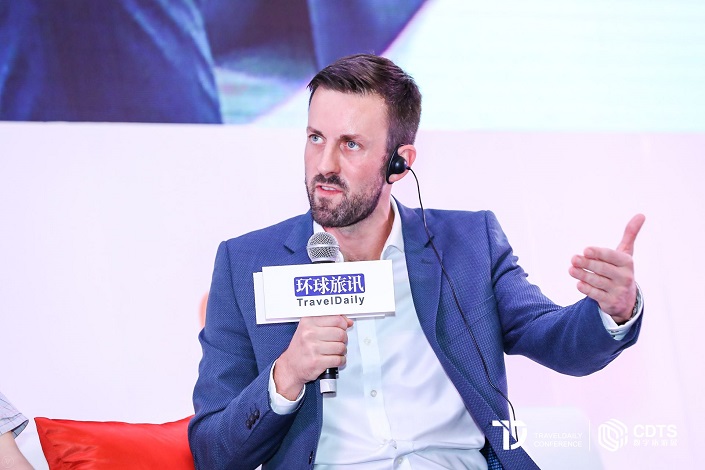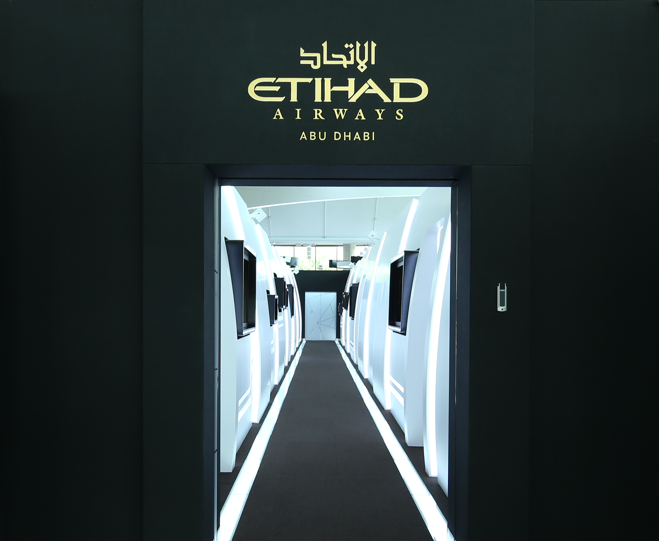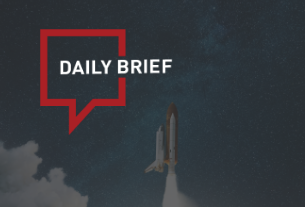ChinaTravelNews, Ritesh Gupta – Organizations, including airlines, that have initiated their journey of agile transformation show common characteristics to an extent.
There is a culture of constant learning and adjustment, there is collaboration among cross-functional teams and development teams iterate towards optimal outcomes by developing new solutions incrementally. Concepts like Agile Scrum methodology (a disciplined way to solve a problem) and Minimum Viable Product (MVP) are integral to what is underway to deliver business value faster.
Full service airlines haven’t been proactive enough, but the last couple of years have shown that there is willingness to overcome operational-centric focus.
As Abu Dhabi-based Etihad Airways found out, the going isn’t easy to start off, but the need to keep pace with change led to a way out.
“We chose to run two tracks (one for running the organization as usual and one for innovation). It is extremely tough for an airline highly focused on safety and therefore naturally risk averse to transform immediately to one that has the risk appetite and agility of a startup. To address that, we created Etihad’s Innovate Lab, our first-ever innovation lab, and in that space we are taking risk without compromising on our commitment to safety for our people and our guests,” says Tristan Thomas, Director, Digital and Innovation, Etihad Aviation Group, who was in Shanghai for TravelDaily Conference last month.

Tristan Thomas, Director, Digital and Innovation, Etihad Aviation Group
Why two-track process?
“Through this division, Etihad is able to embrace agile methodologies and pave the way for ‘light request processes’ for funding, allowing us to draw down resources within 48 hours to get something new started…the idea is to create prototypes, or reach a level of MVP quickly to test and pivot accordingly,” explained Thomas.

Such organizations combat internal barriers, especially ones that are associating with operating in silos. Teams are encouraged to work together and embrace rapid learning through shorter cycles. They train their staff and also bring in people with new skillsets, and tap the efficacy of self-organizing cross-functional teams.
For instance, Etihad has introduced design thinking in the organization since the start of the year. Design thinking is a human centered approach to problem solving. It allows an iterative process of crafting fresh concepts, defying assumptions, and working on alternative resolutions, all with the needs of the end user in mind. Meanwhile, agile development methodology (Scrum being one of them) is focused on working on applications in small increments, with each individual increment tested before it is considered complete. So one can say agile can build on design thinking, and iteration is common in both.
“We see design thinking and agile as components of the overall innovation lifecycle. Design thinking helps us come up with potential, user-focused, solutions to complex problems. As we move through the phases of design thinking into prototyping, testing and eventually launching solutions, agile gives us a delivery mechanism to iterate quickly through the build process so we can test and incorporate learning as we go. We used this approach most recently building the new Agents website ,” shared Thomas. He added, “By developing solutions in small chunks with an agile process we're able to test and also build automated tests for new components as they are built. Incrementally adding components and their tests to the overall solution.”
“Ideally, all of this (training and processes) is going to merge into the traditional flows across our business. It isn’t credible or easy culturally for an organization to leap straight to agile. That’s why Etihad chose to go ahead with a two-track process,” explained Thomas.
As for avoiding wastage, Thomas shared that to avoid being in a position with too many prototypes or irrelevant ones, everything in the innovation environment has to address a business need and is sponsored by a business unit. “So if it is an engineering product, it would be sponsored by the engineering team but the Etihad Innovate Lab offers it the shelter and funding to kickoff innovation,” he said. “We want this lab to be in the heart of our business, addressing business needs and driving major KPI improvements across the organization.”
Building on foundational capabilities
Other than embracing agile methodologies, IT set up, data strategy and API-led architecture, organizations are also looking at sector-specific systems and retailing capabilities to successfully retail, distribute and fulfill across all customer touchpoints.
By putting in place an apt infrastructure – for example, a retailing platform, APIs, payment infrastructure etc. – Etihad is setting up its foundational capabilities. This would also pave way its assets to be relevant for Chinese audience.
“Ideally, we would have a distinctive UX for Chinese users on Etihad.com, but it’s expensive to do that given our scale. We mitigate this by translating (content), offering localized payment options etc. Traditionally we would have 30 site editions, start changing content and UX for each market. The future of Etihad.com is going to be dynamic creation of pages, based on customer personas. The discussion won’t be Chinese language website vs. English one. There could be difference between Chinese and Western audience, but the behavioral segments overlap. Business travellers from the U. K. would be similar to one from China. Our micro-segment strategy would help us in serving the Chinese traveller,” Thomas said.
He also added the airline is looking at partnerships with the likes of Fliggy – not only because they are better at selling to Chinese travellers, but also help Etihad in improving upon its own UX and the overall site. “We will aim for constructive consultative partnerships with Chinese technology specialists and leverage on their expertise and reach to help us serve the Chinese market better.”
This is an interesting development especially considering that foreign travel e-commerce players are directly approaching companies in China. Airbnb’s local team has met China’s design community, meeting specialists from Didi Chuxing, Baidu etc. in the past year or so. Among the others, Booking Holdings and Lufthansa Innovation Unit (LIH) are also keen on understanding how Chinese technology ecosystems are going about overlooking certain evolutionary steps and thereby shaping consumption patterns of global relevance.
In the case of payments, Etihad is looking at apt infrastructure (managing the entire payment flow from checkout through to final settlement, facilitating cross-border payments, streamlined connection to card schemes and protection against fraud etc.) and avoiding the traditional approach of having to approve a business case each time an additional payment method is to be added. “Getting a business case signed in the traditional environment would take around two months. In our new set-up, we can deliver quicker – let the relevant provider (payment service provider) sort out the connection at a local level and then straightaway (we) work with system integrator to test the acceptance, and get closer to being live in a beta-environment. We have to accept that it might not be perfect every time we initiate a feature or any project, but we can bring features live to customers quicker rather than chase the holy grail of perfection,” shared Thomas.
Speaking of retailing, Thomas mentioned that Etihad is expanding its travel ecosystem but as of now mainly focused on enhancing a traveller’s journey. “There is a lot of conversation around where the next growth phase related to ancillary revenue would be. For us, as of now, it is about optimizing the on-board experience, selling air ancillaries at the right time with the right message. Since we are going to be closely aligned with our traveller, I wouldn’t rule out a future where we offer our guests a Netflix subscription (based on their preferences) while they are accessing in-flight entertainment. But at this stage, we are strengthening our capabilities – platform and APIs and mainly looking at integrating travel products.”
Connectivity
Etihad is currently not associated with any OTA in China via direct connectivity.
The group is working on plans to introduce a full New Distribution Capability (NDC)-oriented platform which will allow travellers to visualize offerings through digital media such as images and videos, whether they are booking via travel agencies, meta-search engines, or other indirect channels.
“Etihad’s commercial strategy is being an ‘airline of choices’. We are increasingly unbundling and offering traveller’s options such as premium food or a glass of champagne... Whatever the customer wants, we want to be able to customize the experience. The traditional GDS interface remains an issue when it comes to conveying attributes of our product, and we believe NDC will help improve this,” he said.
“We are looking at testing our initiatives with corporates, TMCs, OTAs…and China, being a key market not just for Etihad but for Abu Dhabi as a whole will feature in some of these trials. We are quite democratic in the way we sell our inventory and whosoever can provide us with the customer we are looking for, we are ready to work with them,” mentioned Thomas.




